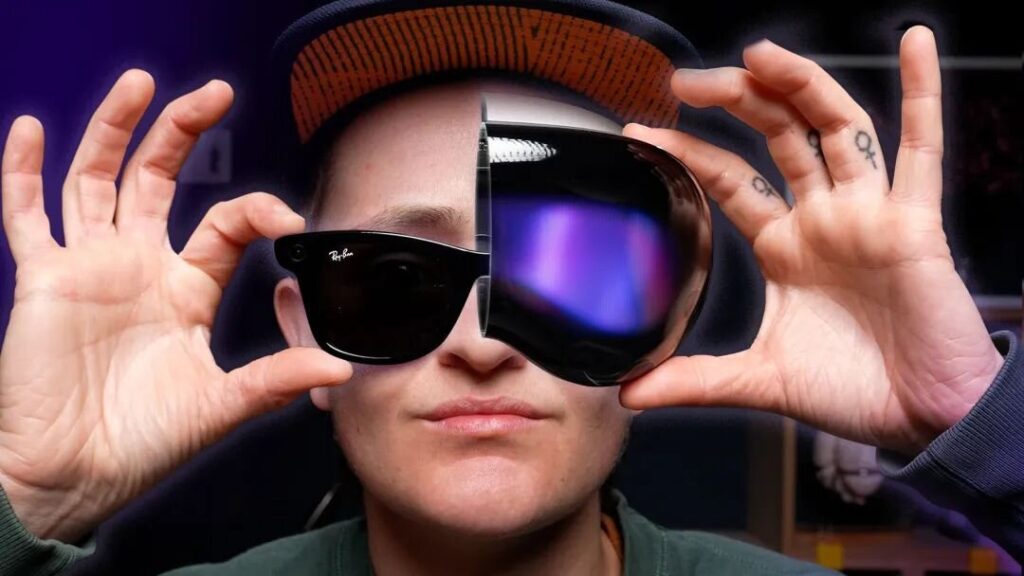LaptopMag recently published an article “Why smart glasses will be the death of VR headsets”, pointing out that the long-term coexistence of headsets and smart glasses due to their different uses may be reasonable, and the prosperity of VR/MR headsets is always possible. However, if everything continues on the current trajectory, smart glasses are likely to kill the mainstream dream of VR/MR headsets and replace them as another major technological event in the computing field after smartphones.

Virtual reality has been a part of popular culture since the 1992 sci-fi film The Lawnmower Man, and it wasn’t until 2010 when the Oculus Rift VR headset was released that the technology flourished, becoming accessible and easy to use.
Since then, VR headsets, and now AR (Augmented Reality) and MR (Mixed Reality) headsets, have experienced successes and failures. The modern choice of the Pimax Crystal caters to PCVR enthusiasts, while the Meta Quest 3 offers a standalone option with a wider appeal.
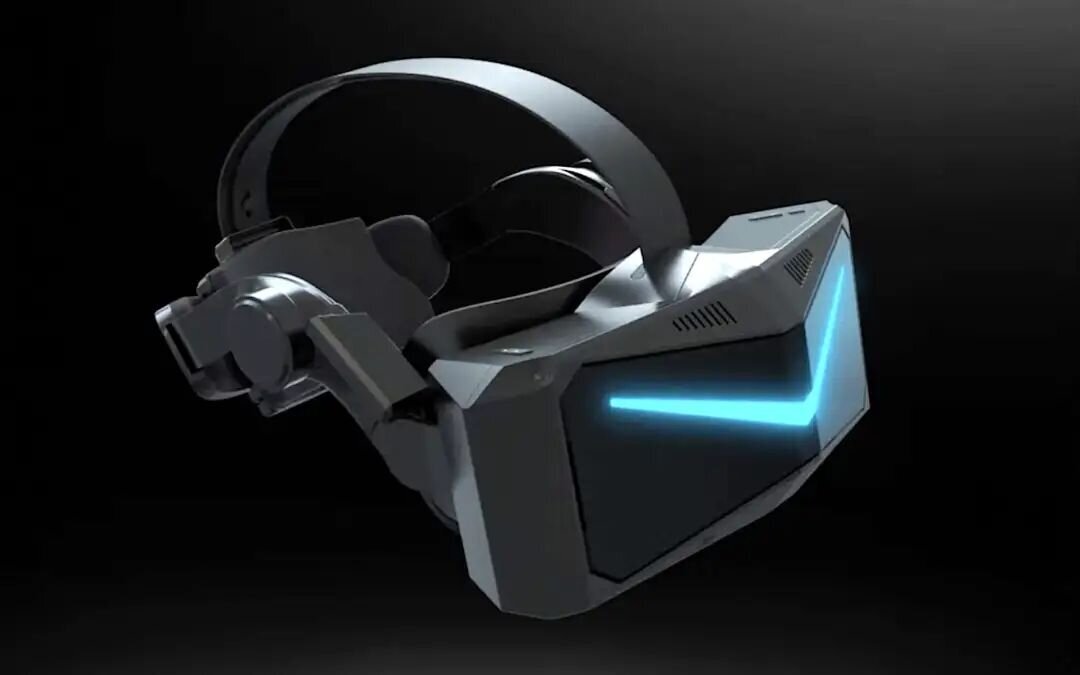
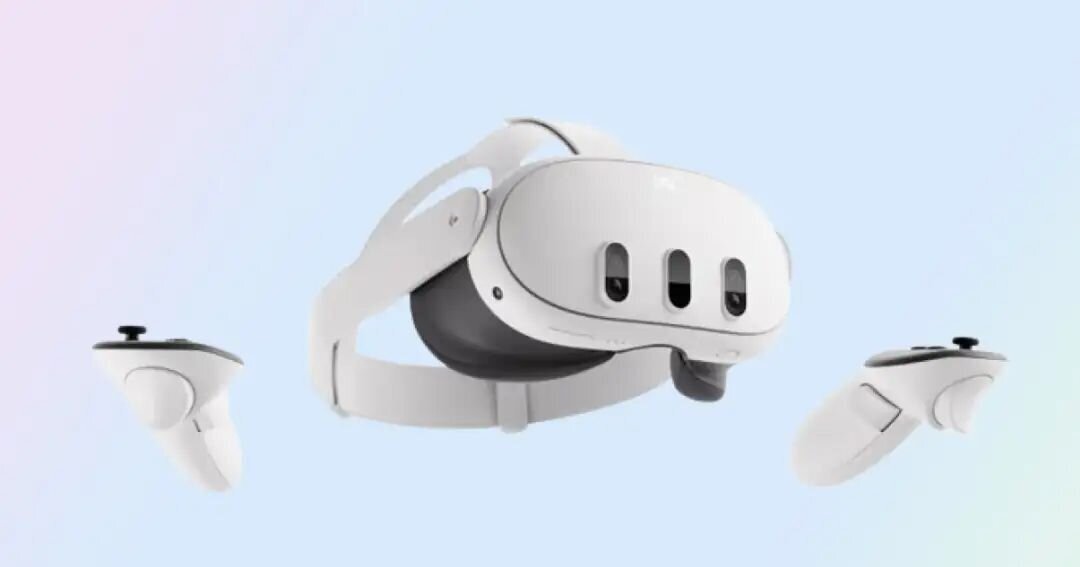
However, we haven’t seen VR headsets seen as a platform comparable to consoles, PCs, or other wearables. While there’s a lot of talk about what this type of device will be the future, it often feels like there’s no rush to that future. At the same time, the next logical development of similar headset technology, smart glasses, is steadily gaining traction.
Have VR/MR headsets missed the highlights and are destined to be overtaken by a new generation of hardware?
The advent of VR is like a mirage that keeps appearing on the horizon. Although shipments of VR devices have grown year over year since 2021 and are growing in popularity, it has never received the mainstream recognition needed to make it thrive.
Despite all the things that VR headsets have, they always feel like they’re dying and dying. Every time the last page of the calendar turns, VR headsets face another year of life and death as mainstream market acceptance slips out of their hands once again.
It may be unfair to say that, but the Quest 2 is still impressive in the face of the fact that the Quest 2 has sold more than 20 million units since its release in 2020, especially when you consider that Microsoft’s two consoles, the Xbox Series X/S, have sold around 28 million units since their release in the same year.

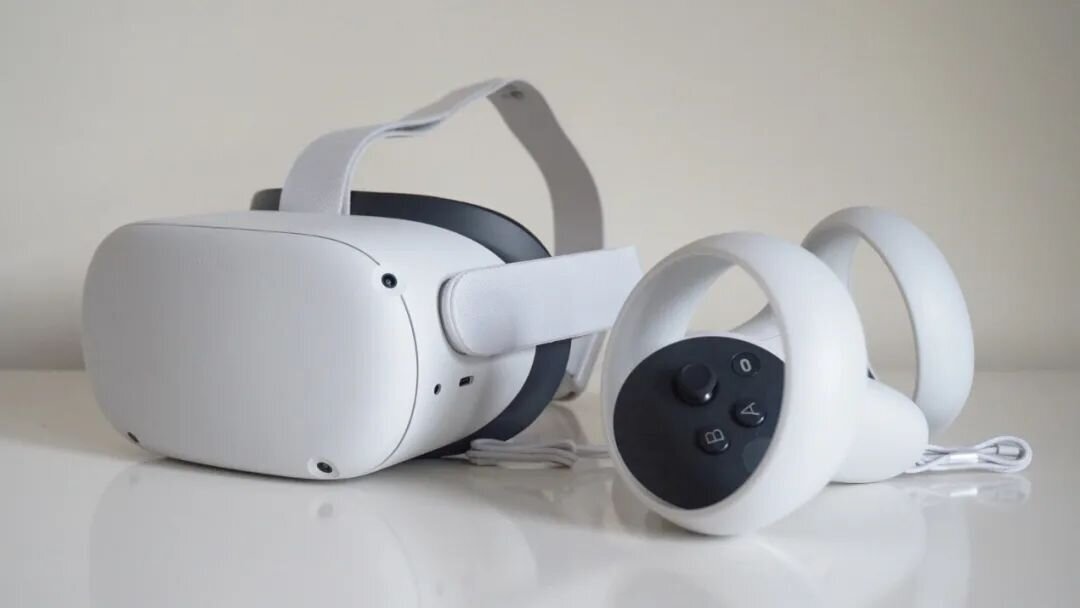
While the Xbox Series X/S has been recognized by the mainstream market, VR has always been seen as a craze or a fleeting gimmick. Despite the fact that VR is more popular than ever, and there are some impressive numbers to back it up, no one seems to want to think of VR as a future-proof product. Despite its constant efforts, it has not been able to find its footing. VR seems to be a bridesmaid forever, and it is difficult to become a bride.
Apple bets on the wrong horse
Apple is a lot like a custom seam in the tech world, ready to offer you suits that are expensive and have too few pockets, too many buttons, and are eager to claim that they are made of high-end fabrics rather than polyester. But even then, it failed to take the market to new heights with the Vision Pro.
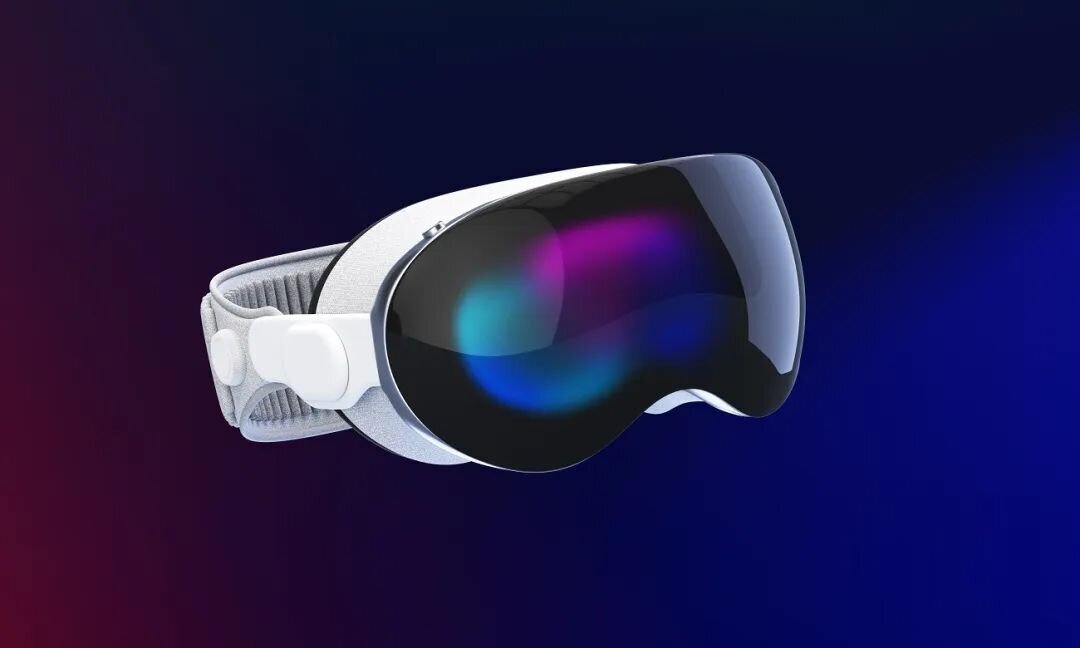
When it comes to mainstream market acceptance of VR/MR headsets, Apple’s dual high-end headsets can be a hindrance rather than a help. The blame may lie in its ridiculous $3,499 pricing, though, rather than anything else. At least on paper, Apple’s headset is a great product in other ways. Truth be told, while quite a few people are unhappy with Apple’s headset, from a purely technical point of view, it does come out on top in VR or MR headsets. However, Apple’s headset’s super-powerful technology and bold pricing make spatial computing look more like a glimpse into the distant future than a very real and achievable technology based today.
Vision Pro may not be a consumer-facing product at all. Rather, it’s more like a strange gizmos that take up space in booths at the World Expo — a fun show for men in pinstriped suits and top hats. They wide-eyed, whistled, and turned their heads back and forth, exclaiming and laughing in bewilderment, before making their way through robot butlers and hovercraft to the marshmallow’s stall.
Interestingly, Apple originally envisioned a lightweight glasses-like design for its AR/VR debut. Considering the woes of VR/MR headsets and the growing interest in smart glasses, Apple may have made the wrong bet in betting on the horse.
A gorgeous transformation of traditional glasses
Smart glasses will be a big hit in the future. With the popularity of Ray-Ban Meta Smart Glasses, the face wearable has been a success, and AR glasses such as the VITURE Pro XR and XREAL Air 2 are pushing the boundaries of what’s possible in VR/MR experiences. (VRAR Planet “Forbes: Apple’s Headset Promotes the Rise of Face Computers, 2024 Smart Glasses Usher in a Market Inflection Point”)
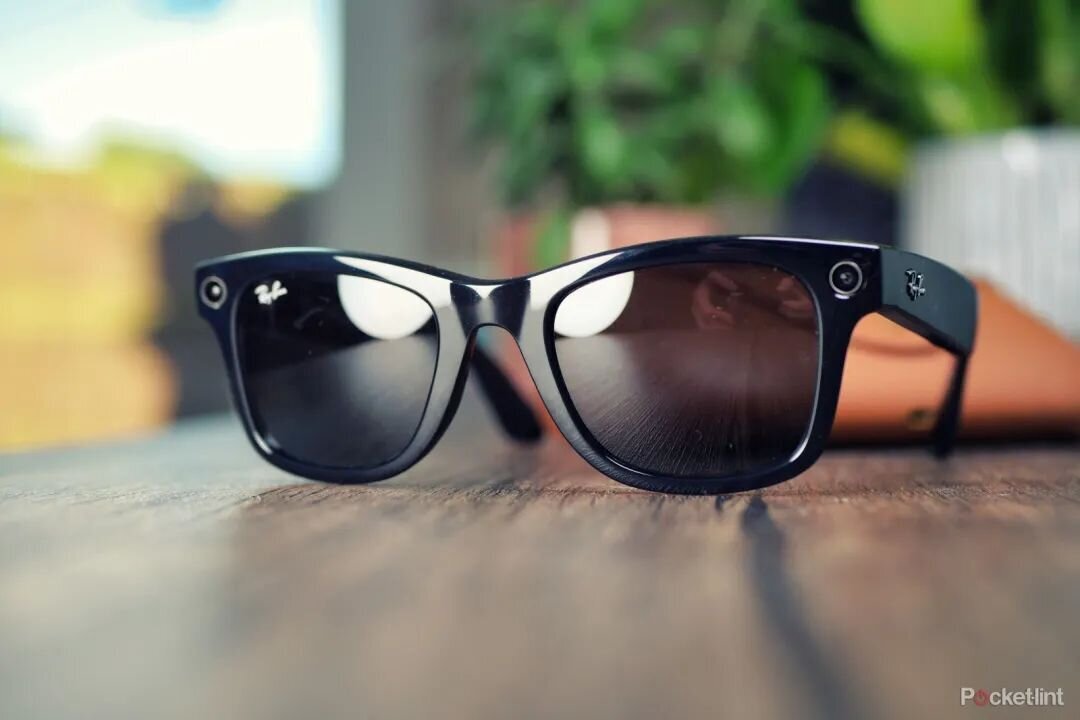
While smart glasses have not yet gained mainstream acceptance, their resemblance to traditional glasses, less obtrusive forms, and the potential of AR (augmented reality) have removed some of the barriers faced by VR/MR headsets.
Their lighter, more open design doesn’t leave the wearer feeling isolated or burdened by crowds, and their smart technology innovation for commonly used wearables means that many people will have little to no adjustment when switching from regular glasses to these glasses. This is simply a gorgeous transformation of traditional glasses, which can make it easy for people to step into a new era of intelligent living.
For some, smart glasses are an inconspicuous loser, but a report by authoritative market analyst Verified Market Research puts the market valuation of smart glasses at $4.8 billion in 2022 and is expected to double by 2030, paving the way for major brands like Apple and Microsoft to consider their options. According to reports, even if the former head of Google’s department disagrees, Google is considering returning to the market after the failure of the premature birth of smart glasses. In 2023, Microsoft filed a patent for an internal storage system that extends the battery life of AR glasses, and recently another patent hinted at its plans to launch AR glasses with cameras. (VRAR Planet “This giant company that has been silent in the XR field for a long time is returning to the AR track in a low-key manner”)
Faced with the question of whether smart glasses can replace VR/MR headsets, if we consider that smart glasses have an extremely wide range of application scenarios, then the answer is clear: this possibility is extremely high.
In addition to being more face-friendly, smart glasses offer more features for a wider range of people. Sales of VR headsets are largely driven by gaming, but smart glasses can provide us with a wider range of everyday uses, from listening to music to navigating to unfamiliar places, and displaying a variety of information such as email exchanges, scheduling, health monitoring, real-time translation, and more, increasing user productivity. This practicability makes smart glasses have a wide range of application prospects in many fields such as business, education, medical care, and industry.
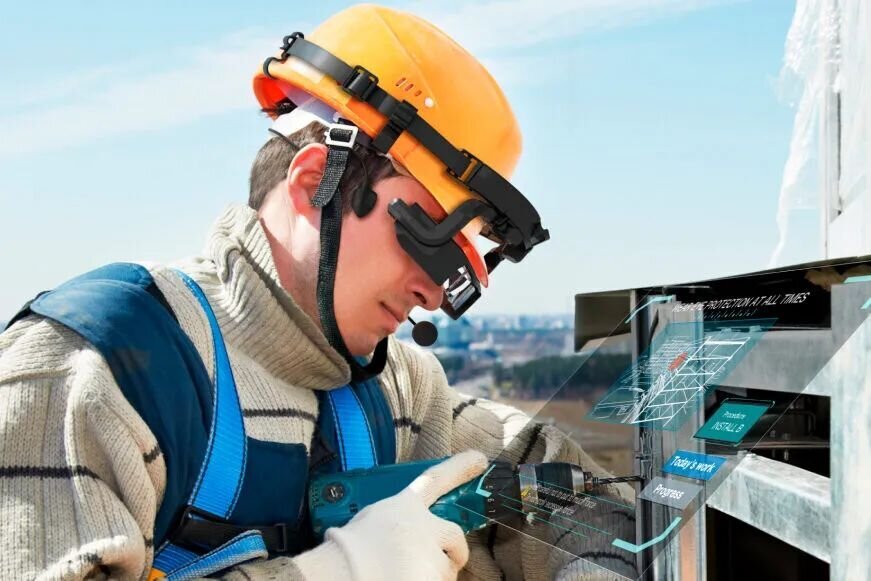
When you start to incorporate artificial intelligence into smart glasses, as Solos Air Go 3 (ChatGPT) and Ray-Ban Meta Smart Glasses (Meta AI) have done, this wearable device will have more possibilities and application scenarios in daily life. When you access a top-of-the-line large language model through smart glasses, it can be game-changing in terms of answering, solving, and making recommendations to any questions you ask. (VRAR Planet “XR Herald Warning: This Year AI/AR Will Manipulate Your Brain, Society Is in Danger”)
While headsets are likely to continue to capture gamers’ attention for some time to come, especially as more and more AAA titles are released from popular franchises such as Alien: Rogue Incursion, Metro Awakening, Hitman 3 VR: Reloaded, and Batman: Arkham Arkham Shadow) will be released this year, but the headset is still out of the mainstream radar.
It will be years before the technology used in headsets like the Vision Pro and Quest 3 is condensed into regular spectacle frames, but it is undoubtedly the ultimate goal for many manufacturers in the smart glasses market. Before that, with the continuous improvement of technology, the function and audience of smart glasses will gradually grow.
With the continuous development of technologies such as 5G and the Internet of Things, smart glasses will gradually integrate into larger ecosystems such as smart homes and smart cities, and become a bridge between the real world and the virtual world. This development trend will make smart glasses have a broader application prospect in the future.
Leaders of the future
Perhaps, headsets and smart glasses will always coexist due to their different uses, and the VR/MR headset boom will always exist. However, if things continue to follow the same trajectory, the logic will be that smart glasses, which incorporate the best of AR/VR and AI, will come to the fore and kill the dream of VR/MR headsets becoming mainstream, most likely replacing them in history as the next big thing in computing.

As the article suggests, smart glasses are gradually showing the potential to replace traditional headsets as the mainstream with their lightness, style, intelligence and seamless integration into everyday life. The battle between smart glasses and headsets is heating up, and a battle for the mainstream status of future wearables has quietly begun. Let’s wait and see who will die in the future. However, there is no doubt that smart glasses are leading mankind towards a smarter future with their unique charm and menacing momentum!


